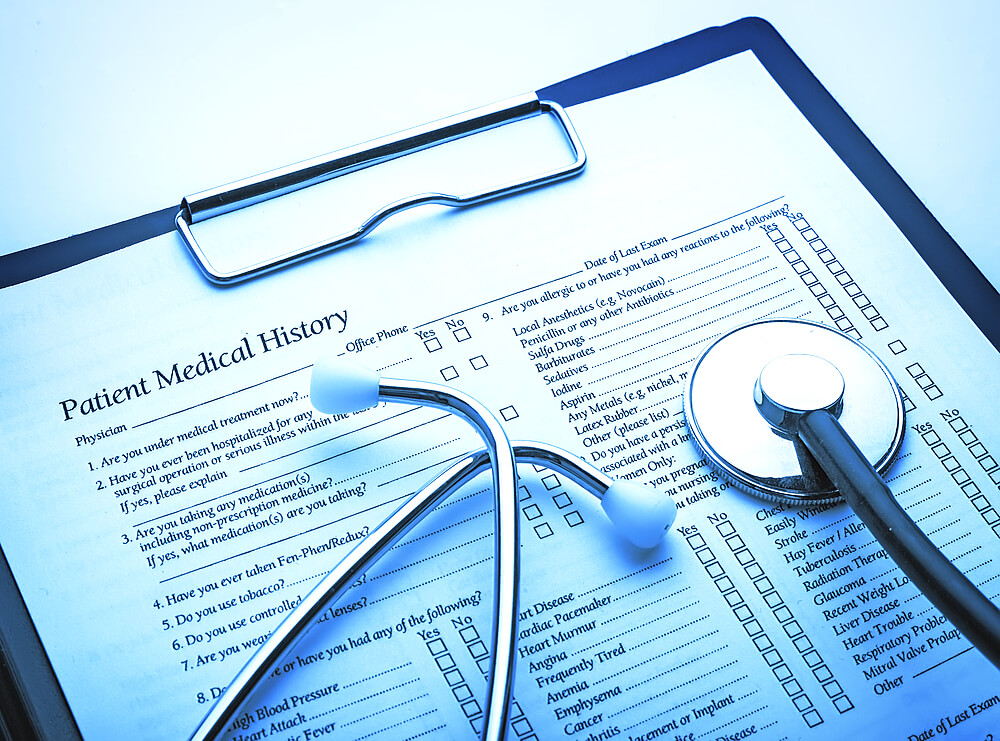Patient history and physical examination

The precise patient selection plays a key role to ensure satisfying results of the liposuction surgery. The optimum patient for liposuction is:
-
- The patient should have obvious accumulation of subcutaneous fat in specific area of the body
- The patient body mass index should be below 30 and any increase in BMI should not be more than 30% of the normal BMI
- The patient should not be obese with good skin laxity
- The patient weight should be stable for at least six months before the surgery
A full detailed history should be obtained from the patient including:
-
- Ask the patient if he complain of systemic diseases like hypertension and diabetes mellitus
- The patient cardiovascular and respiratory status should be assessed before the surgery
- The history of possible previous surgical procedures
- If the patient had any problem with anesthesia before
- Full detailed history about any allergies
During physical examination, the clinician should evaluate the skin elasticity, and the thickness of the fatty layer in the area that will be suctioned by using the pinch test. All the areas with cellulite should be examined carefully, and the patient should be aware that these areas of cellulite may not be affected with liposuction.
During the physical examination, the surgeon must examine the patient and search for a hernia, scars, previous surgery sutures.
Before the surgery, the surgeon should discuss with the patient about his expectation to his body shape after the surgery, also all patient concerns and questions about the procedure should be answered clearly.
Laboratory investigation
Before the surgery, the surgeon may ask for specific lab investigation to assess the general health condition of the patient. If the patient has any chronic systemic diseases, a specific lab tests may be ordered to make sure that he is fit for surgery. examples of lab investigation include:
-
- Complete blood picture
- Coagulation profile
- Kidney function tests
- Liver function tests
- Urine analysis
- Electrolyte levels must be assessed


